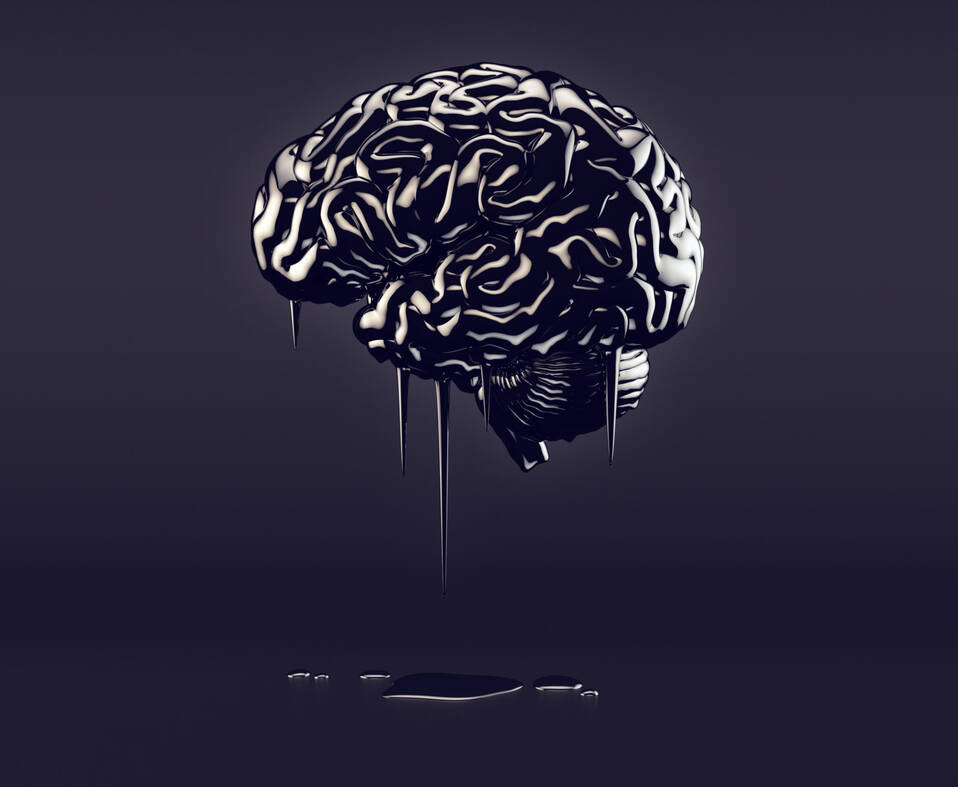Source- psychologytoday.com
There is perhaps one word in today’s techno-vocabulary that drives both interest and concern. And that’s the four-letter word, data. It comes in all sizes and shapes and is as ubiquitous as life itself. Whether you know it or not, we manufacture data as a type of human exhaust that creates a physiologic portrait offering rich insights into wellness and disease.
Today, we live at a unique point in human history where data are becoming the new currencies. Beyond oil, dollars, and social status, our human data are emerging as one of the most powerful and consequential currencies around the globe. Technology, computer processing, cloud storage, and artificial intelligence are empowering these data to transform zeroes and ones into insightful and even profound realizations that can drive disease detection and longevity.
We all remember the idea of six degrees of separation. Basically, this idea suggests that we are all “friends of friends” with a direct, personal connection to everyone by six or fewer people. Add to that the novelty of “six degrees of Kevin Bacon” and you have a powerful idea that goes viral. Interestingly, that same construct applies to health data—in reverse! Data, passive data acquisition, and advanced analytics combine to allow us to find the “six degrees of connectivity.” What once was a disparate set of data points will become surrogates to focused insights on subtle aspects of biochemistry to the social manifestations of behaviors such as addiction. Connecting just the right dots will reveal levels of connectivity that will impact almost every aspect of humanity—and medicine sits at the forefront of this new reality.
This ability to connect data points—many of which will be easily obtained—results in new data that were once difficult, expensive, or even unobtainable. For example, the combination of daily steps, heart rate variability during sleep, and the number of times you open and close your refrigerator door could potentially be correlated with the likelihood of becoming obese or diabetic. Our DNA will also provide a vast data set for examination and correlation with physiologic and non-physiologic data to help guide a wide variety of decisions from drug selection to lifestyle modifications. Similarly, subtle aspects of personal gestures will be analyzed with a simple activity tracker, similar to what’s worn today. The results will move us far beyond the typical 10,000 steps a day goal to recognize real-time activity such as eating and even smoking. And then, appropriate, time-sensitive interventions can be implemented. What’s really interesting is that insights can be acquired with fewer and fewer data points. And this allows us to potentially use readily available data to make impactful health-related decisions. It’s 6, 5, 4, 3 and even 2 degrees of connectivity!
Just as the telescope and microscope revealed blasphemous and transformative perspectives, big data will emerge as the third window into humanity and establish key insights into health. As data reveal its bold scientific conclusions, one glaring aspect of it all is the shift from reactive medicine to proactive, preventative tactics. From daily steps to DNA, the final truth to the emergence of big data may be less a window to peer into and much more of a mirror that allows us to get a richer and more informed sense of ourselves and our neighbors, and around the world. Driven by this reality, our contributions to society will expand from the old school perspective of donating time, blood and organs to the exchange of information. We will become data donors. And it’s this data-driven reality that will become integral to our everyday experience and fundamentally shift the trajectory of human health and wellness.


